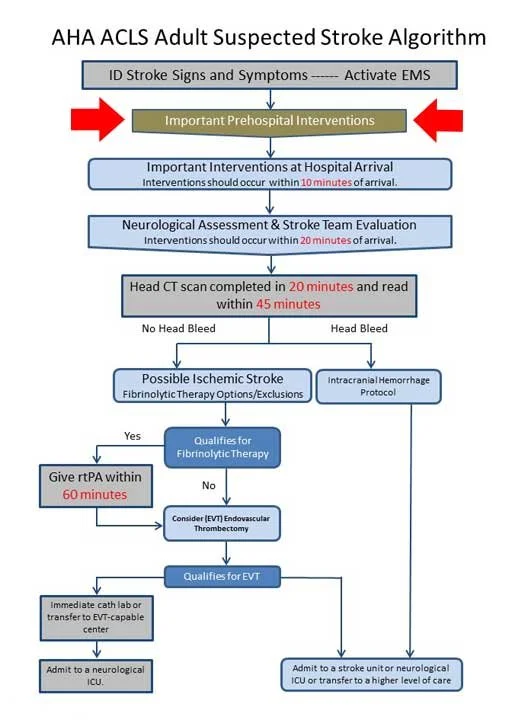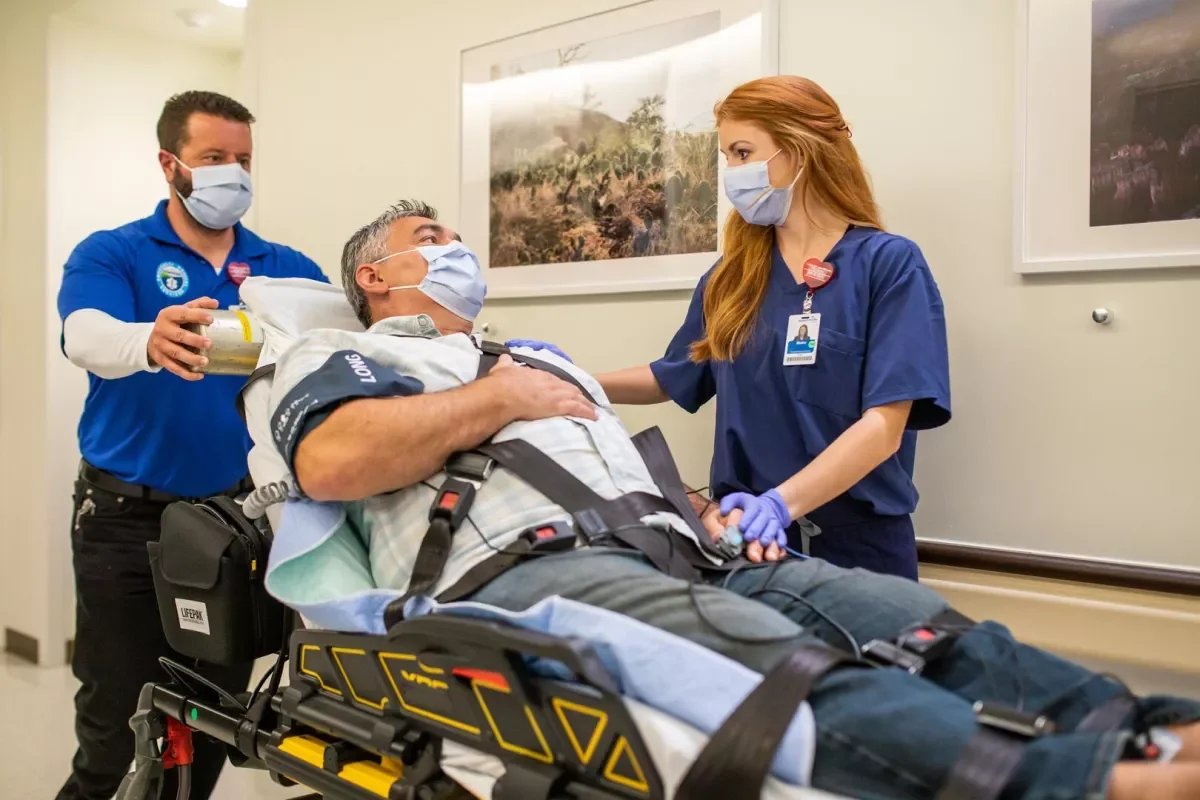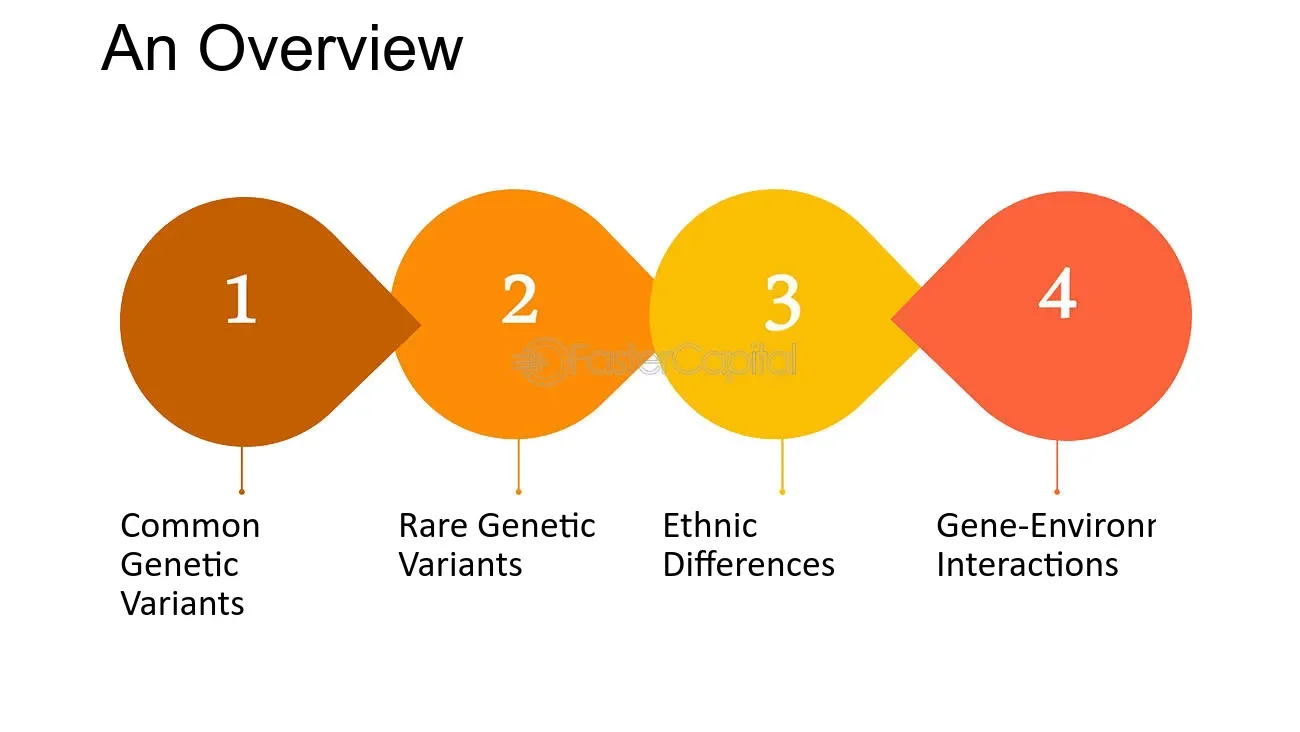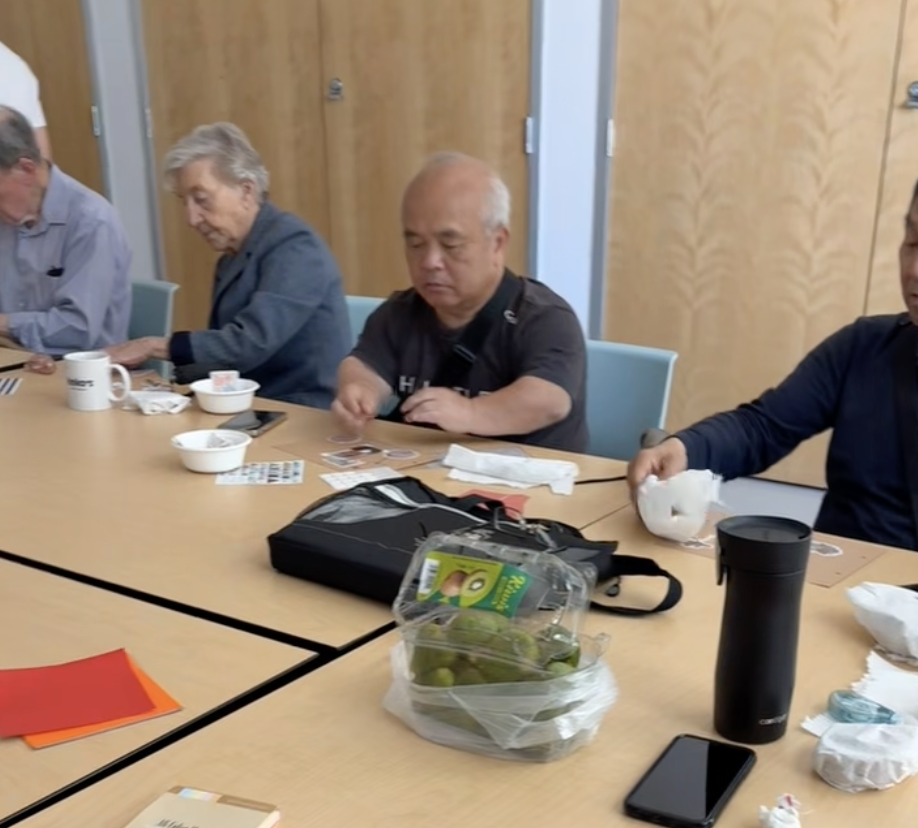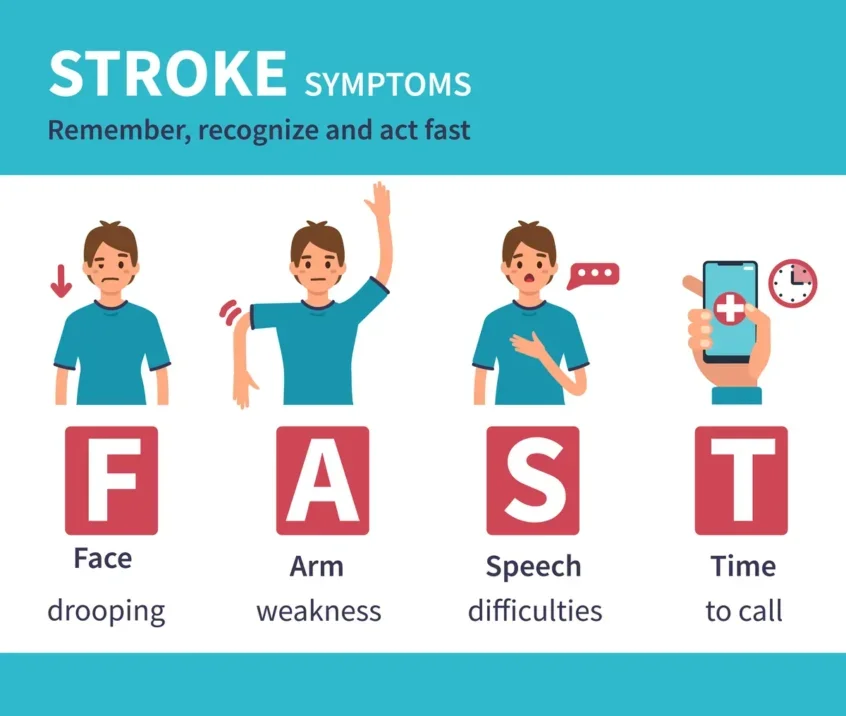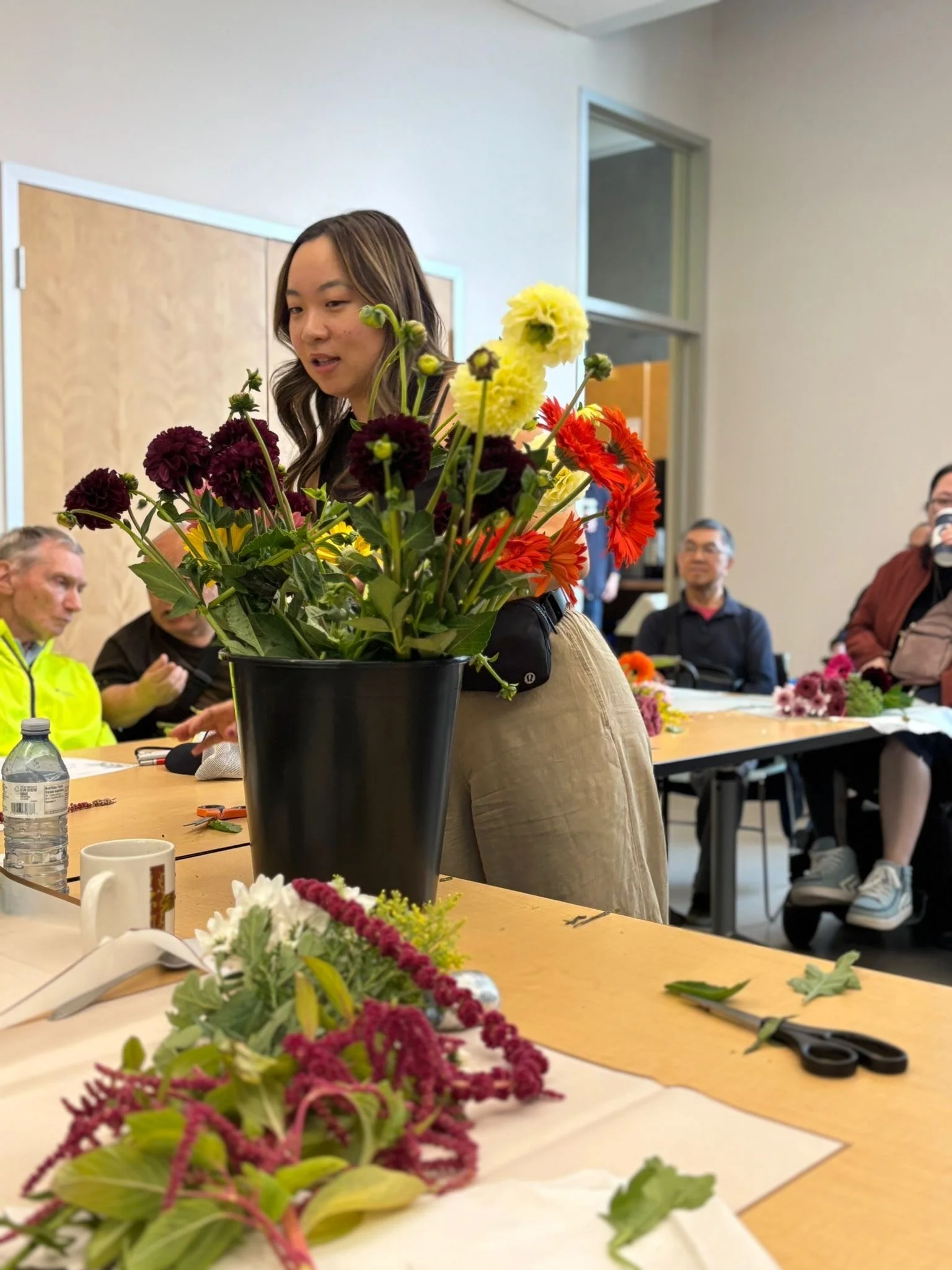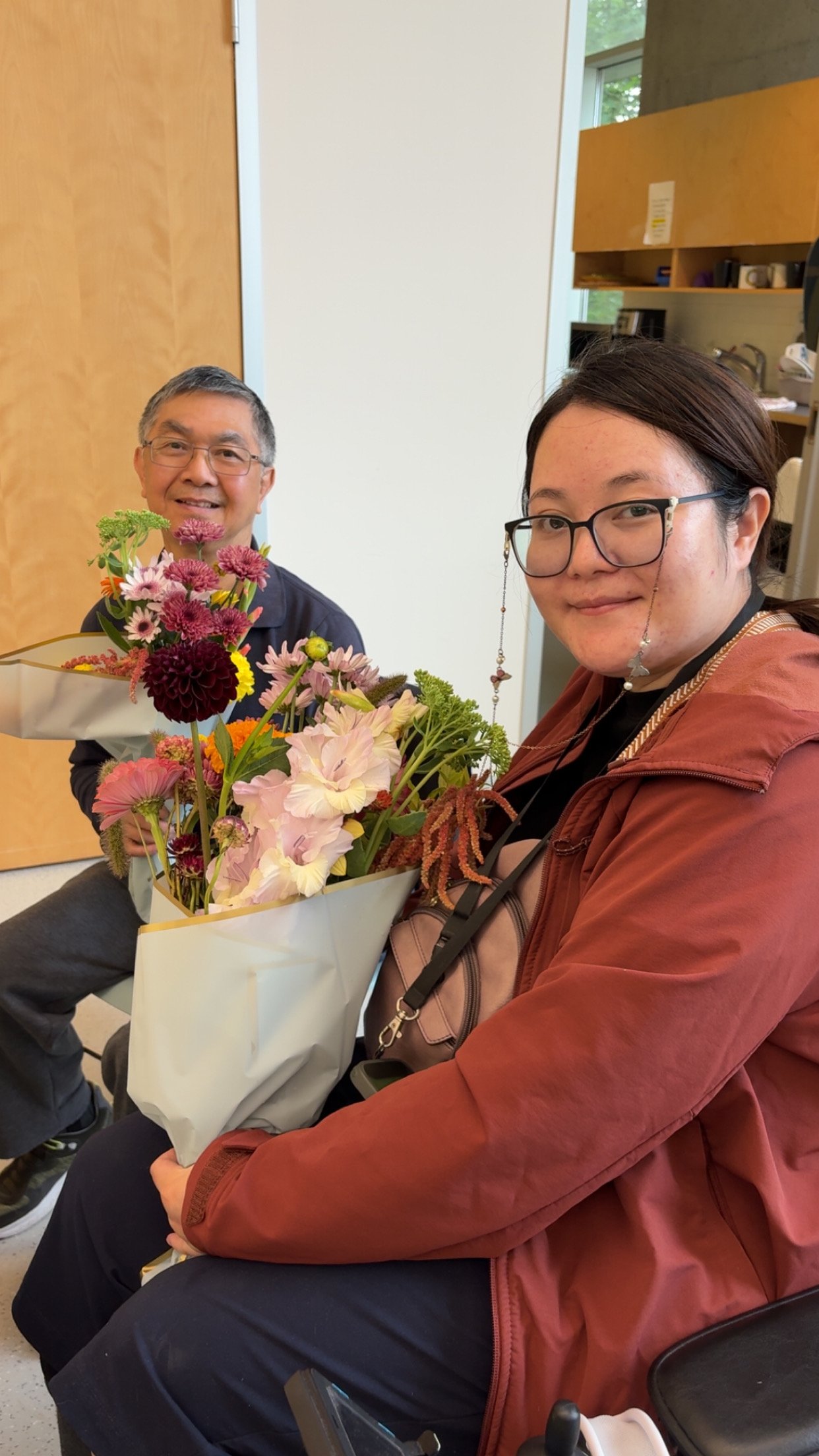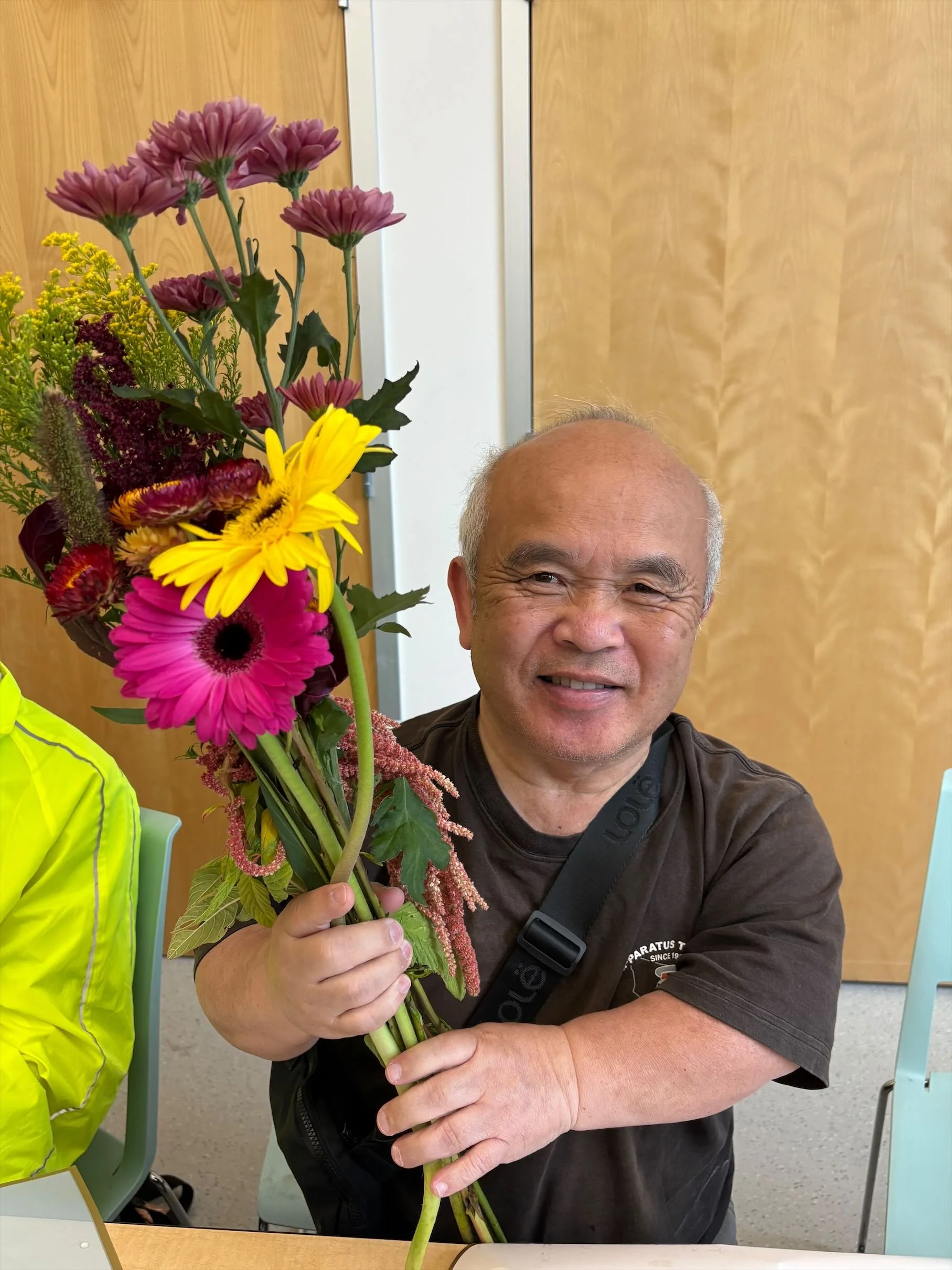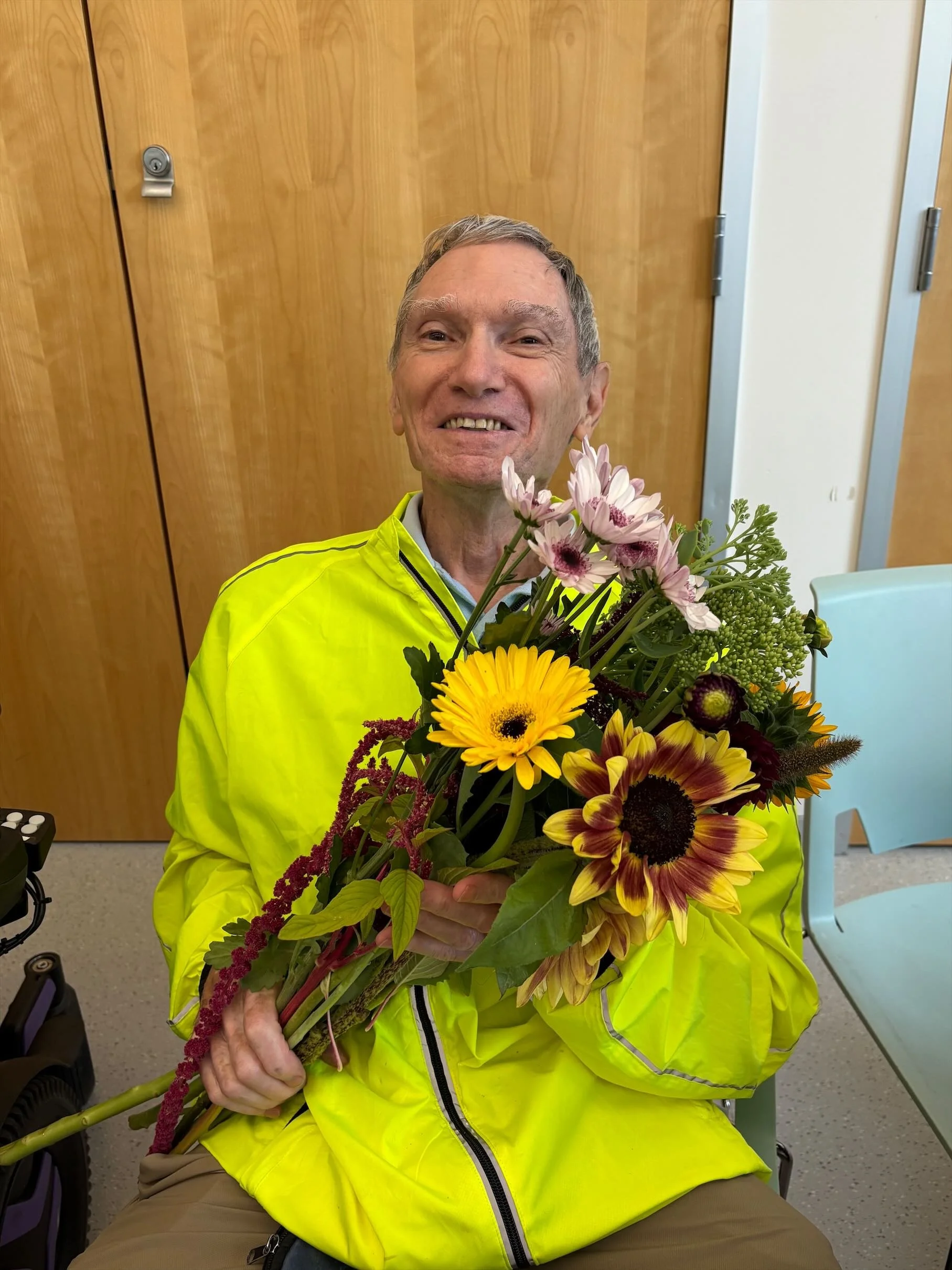Most people treat their brain like a Wi-Fi router: ignore it until it glitches. Terrible strategy. Neurons are metabolically expensive, with electrical signals firing 24/7.
Omega-3s: The Non-Negotiable Fuel
EPA and DHA form the cell membranes of neurons. Low intake? Expect slow thinking, mood instability, and brittle synaptic connections. Fish oil haters are delusional; your brain is literally built out of these fats. Plant “omega-3s” (ALA from chia/flax) barely convert.
Creatine: Not Just for Gym
Your brain burns ATP like a bankrupt gambler. Creatine is an ATP buffer. It improves short-term memory, reaction time, and fatigue resistance. Anyone calling it a “muscle drug” hasn’t touched a study since 1997.
Electrolytes = Neural Conductivity
Sodium, potassium, and magnesium fuel action potentials, the electrical signals neurons fire. Low magnesium = migraines, anxiety, brain fog. No amount of yoga fixes ion imbalance.
Choline: Memory’s Raw Material
Acetylcholine is the neurotransmitter of learning + attention. Eggs are gold. Vegetable activists crying about cholesterol need to learn what homeostasis means.
Sleep = Neural Filing
No supplement patches chronic sleep stupidity. During REM, your brain consolidates memory and prunes useless neural branches. Skip sleep is a bad idea.
Antioxidants: Brain Rust Prevention
Your brain is fatty and oxygen-hungry—perfect for oxidative stress. Blueberries, spinach, and turmeric (containing curcumin) protect neurons from inflammation and free radical damage. Don’t obsess over supplements; eat colours.
Brain Killers
• Constant sugar spikes
• Alcohol (neurotoxin, stop romanticizing it)
• Ultra-processed seed oil-based snacks
• Chronic sleep debt
Brain Nutrition: Feed Your Neurons, Not Just Your Stomach.
November 6th, 2025
Inside the ER:
When someone arrives at the emergency room with signs of a stroke, every minute matters. A stroke happens when blood flow to part of the brain is blocked or when a blood vessel bursts. Because brain cells begin to die within minutes, fast action can save both life and long-term function.
1. Immediate Response
If stroke symptoms are recognized — sudden weakness, facial drooping, slurred speech, or loss of balance — hospital staff call a “stroke alert.” The patient is seen right away, without waiting. Nurses quickly check vital signs, blood sugar, and oxygen levels, while a doctor performs a brief neurological exam to assess strength, speech, and vision.
2. Imaging and Diagnosis
The next step is a CT scan of the brain, usually done within minutes. This scan shows whether the stroke is caused by a clot (ischemic stroke) or bleeding (hemorrhagic stroke). Treatment depends entirely on this result, so imaging happens before any medication is given.
3. Treatment Decisions
If the stroke is due to a clot and occurred within the last 4.5 hours, doctors may give a clot-busting drug such as tPA or tenecteplase to restore blood flow.
If a larger artery is blocked, a mechanical thrombectomy may be performed — a minimally invasive procedure that removes the clot through a catheter inserted in the groin or wrist.
4. Monitoring and Recovery
After treatment, patients are admitted to a stroke or neuro-intensive care unit for continuous monitoring. Blood pressure, brain swelling, and neurological function are watched closely. The healthcare team will also begin early rehabilitation and discuss next steps with the family.
Key Takeaway
Recognizing stroke symptoms early and calling 911 immediately can make the difference between recovery and permanent disability. Remember the acronym FAST:
Face drooping, Arm weakness, Speech difficulty, Time to call emergency services.
What Happens When a Stroke Patient Arrives
October 24th, 2025
What You Should Know
Stroke can happen to anyone, but your family and genes may increase your risk. Here’s a simple guide:
Genes Can Affect Stroke Risk
Some inherited traits make blood clot more easily or affect blood vessels.
Examples:
Factor V Leiden: may increase clotting risk.
APOE gene: affects cholesterol and heart health.
Having a gene doesn’t mean you will have a stroke, just that your risk is higher.
Family History Counts
If a parent or sibling had a stroke, your risk may be higher.
Lifestyle Still Matters
High blood pressure, smoking, poor diet, and lack of exercise can increase stroke risk, even with genes.
Healthy habits can help lower your risk.
Genetic Testing
Tests can show if you have inherited risk factors.
They can guide your doctor on prevention steps.
Genes are only part of the story—lifestyle is still very important.
Take Action Early
Know your family history.
Talk to your doctor about testing and prevention.
Eat healthy, stay active, control blood pressure, and avoid smoking.
Key Takeaway:
Your genes may influence stroke risk, but healthy habits and early prevention make a big difference. It’s never too late to protect your brain and heart.
The Role of Genetics in Stroke Risk
October 1st, 2025
The Benefit of Exercise
September 20th, 2025
Why Exercise Matters After Stroke
Exercise is one of the best ways to support recovery after a stroke. Regular movement helps improve balance, strength, and coordination, while also boosting mood and energy. Even small amounts of daily activity—like walking, stretching, or light strength exercises—can make a big difference.
Tips to get started:
Start slow and build up gradually.
Focus on safe, simple movements.
Aim for consistency, not perfection.
Always check with your healthcare team before beginning a new routine.
Remember: every step counts toward regaining independence and improving quality of life.
Scrapbook Making with Registered Nurse Julia
Sept 5, 2025
On August 22nd, we had the pleasure of welcoming Nurse Julia back to lead the Burnaby Stroke Group in scrapbook making.
Healthy Eating Habits After a Stroke
August 19th, 2025
Recovering from a stroke isn’t just about rehab — what you eat plays a big role in healing and preventing another stroke. Simple changes in your diet can strengthen your body and protect your brain.
Key Tips:
Eat more plants: Vegetables, fruits, beans, and whole grains lower blood pressure and improve circulation.
Choose lean proteins: Fish, skinless poultry, tofu, or beans give energy without excess fat.
Limit salt and sugar: Excessive salt intake raises blood pressure, while added sugars increase the risk of heart disease.
Healthy fats only: Use olive oil, nuts, seeds, and avocados instead of butter or fried foods.
Stay hydrated: Drink enough water, avoid sugary drinks, and limit your alcohol intake.
Bottom Line
Small, consistent food choices matter. Every balanced meal supports recovery and lowers the chance of another stroke.
If Someone You Love Has a Stroke
August 8th, 2025
It’s scary. For them. For you. Life changes overnight, and suddenly you’re both learning a new normal. The truth? You don’t need to have all the answers; you just need to be there.
Learn what they’re going through. Celebrate the tiniest wins. Let them try things, even if it takes longer. Sit with them in the hard moments without rushing to fix them. And please take care of yourself, too.
Key ways to help:
Learn about strokes and the recovery process.
Celebrate small milestones.
Encourage rehab and be their cheerleader.
Support independence without taking over.
Listen and validate their feelings.
Care for your health and energy.
Your steady love can be the anchor they hold onto while they rebuild their world.
What Is a Stroke? Know the Facts!
July 31st 2025
A stroke is a medical emergency when blood flow to the brain is blocked or a blood vessel bursts, causing brain cells to die from lack of oxygen. It can lead to serious issues like disability or even death. Here’s what you need to know:
Types of Stroke:
- Ischemic: Most common (87%), caused by a clot blocking a brain blood vessel.
- Hemorrhagic: Less common, caused by a brain blood vessel rupture.
- TIA (Mini-Stroke): Temporary blockage, a warning sign of future stroke risk.
Spot the Signs with FAST:
- Face drooping: Uneven smile?
- Arm weakness: One arm drifting down?
- Speech difficulty: Slurred or hard to speak?
- Time to call 911: Act fast if you see these!
Risk Factors:
- Controllable: High blood pressure, smoking, diabetes, obesity, high cholesterol.
- Uncontrollable: Age, family history, prior stroke.
Time is critical—knowing the signs can save a life!
Share to spread awareness.
Flower Bouquet Making - July 25th 2025
By Nurse Julia
The stroke group had a special meeting led by by Registered Nurses Julia and Linda. Participants were able to participate in bouquet making activity and got to take their bouquet home to their families. This recovery focused and fun activity would not have been possible without the support of some amazing community donations.
A special shoutout to our donors:
Ami from @fieldtostand
Jenise from www.floralsupport.ca
Leanne from @infinityacresfarm
Riley for a monetary donation




